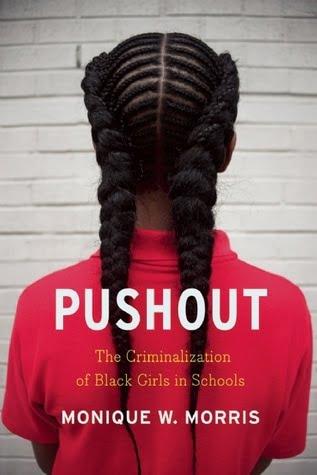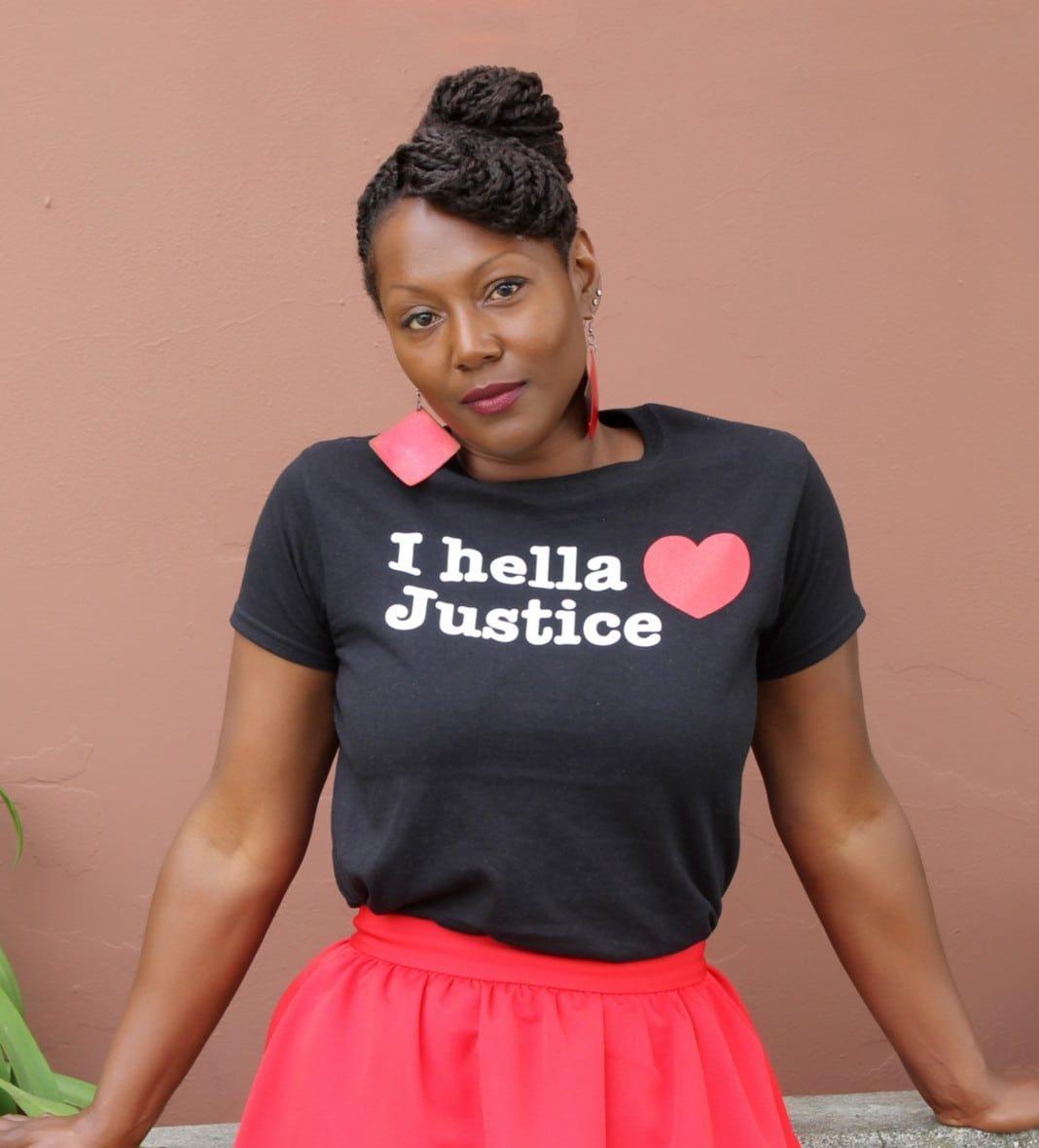Pushout: The Criminalization of Black Girls in Schools
by Monique Morris
05/17/2018
 Fifteen-year-old Diamond stopped going to school the day she was expelled for lashing out at peers who constantly harassed and teased her for something everyone on the staff had missed: she was being trafficked for sex. After months on the run, she was arrested and sent to a detention center for violating a court order to attend school.
Fifteen-year-old Diamond stopped going to school the day she was expelled for lashing out at peers who constantly harassed and teased her for something everyone on the staff had missed: she was being trafficked for sex. After months on the run, she was arrested and sent to a detention center for violating a court order to attend school.
Just 16 percent of female students, Black girls make up more than one-third of all girls with a school-related arrest. The first trade book to tell these untold stories, “Pushout” exposes a world of confined potential and supports the growing movement to address the policies, practices, and cultural illiteracy that push countless students out of school and into unhealthy, unstable, and often unsafe futures.
For four years Monique W. Morris, author of “Black Stats”, chronicled the experiences of black girls across the country whose intricate lives are misunderstood, highly judged—by teachers, administrators, and the justice system—and degraded by the very institutions charged with helping them flourish. Morris shows how, despite obstacles, stigmas, stereotypes, and despair, black girls still find ways to breathe remarkable dignity into their lives in classrooms, juvenile facilities, and beyond.
About Monique Morris

Monique Morris Comments on the Book:
“Black girls are likened more to adults than to children and are treated as if they are willfully engaging in behaviors typically expected of Black women—sexual involvement, parenting or primary caregiving, workforce participation, and other adult behaviors and responsibilities. This compression is both a reflection of deeply entrenched biases that have stripped Black girls of their childhood freedoms and a function of an opportunity-starved social landscape that makes Black girlhood interchangeable with Black womanhood. It gives credence to a widely held perception and a message that there is little difference between the two.”
“Girls like Mia and Shanice draw important connections between their desire to learn and their inability to do so in chaotic learning environments. Across the country, Black girls have repeatedly described “rowdy” classroom environments that prevent them from being able to focus on learning. They also described how the chaotic learning environment has, in some cases, led to their avoidance of school or to reduced engagement in school. In other situations, girls described contentious and negative interactions between teachers and students as the norm. In today’s climate of zero tolerance, where there are few alternatives to punishing problematic student behavior, the prevailing school discipline strategy, with its heavy reliance on exclusionary practices—dismissal, suspension, or expulsion—becomes a predictable, cyclical, and ghettoizing response.”
“Not every investment requires money. As the girls in this book have shown, they want to know that people care about them and their well-being. They want to be seen and acknowledged for who they are and what they can contribute to the learning environment. Our collective community can respond to their needs by being there for them. But many schools around the country have also established girls’ groups as a way to provide encouragement for girls simply by convening them in regular conversation and sisterhood check-ins. These are good ways to facilitate conversation and to launch the next level of investment—one that does require financial resources. Join efforts to raise awareness about the conditions of Black girls in the racial justice movement.”

Share This Article
Do the sharing thingy
 Fifteen-year-old Diamond stopped going to school the day she was expelled for lashing out at peers who constantly harassed and teased her for something everyone on the staff had missed: she was being trafficked for sex. After months on the run, she was arrested and sent to a detention center for violating a court order to attend school.
Fifteen-year-old Diamond stopped going to school the day she was expelled for lashing out at peers who constantly harassed and teased her for something everyone on the staff had missed: she was being trafficked for sex. After months on the run, she was arrested and sent to a detention center for violating a court order to attend school.



No Comments so far
Jump into a conversationNo Comments Yet!
You can be the one to start a conversation.Only registered users can comment.